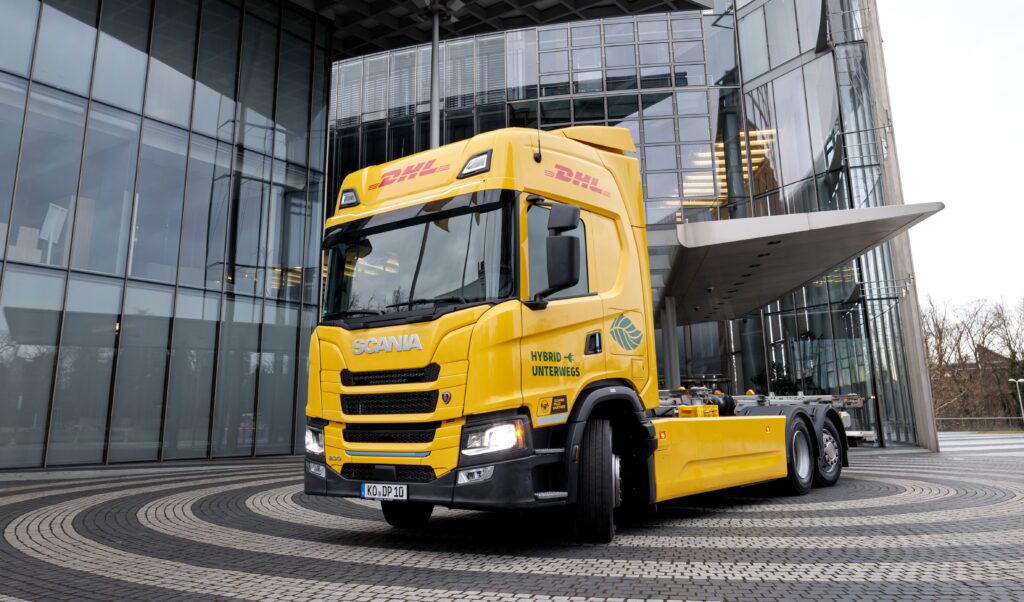As South African trucking companies face mounting pressure to decarbonise their fleets amid unreliable energy infrastructure and high diesel costs, the transition to fully electric freight vehicles may appear out of reach. Without a reliable national charging network, grid stability, or affordable high-capacity energy solutions, the industry is stuck between growing climate accountability and a harsh operational reality. But a recent collaboration between Scania and DHL Group in Europe offers a path forward that may resonate with local transporters seeking practical, scalable fleet transformation solutions.
Overcoming obstacles to electrification
While fully electric trucks represent one long-term route to sustainable freight transport, operators globally and in South Africa face significant barriers to widespread adoption. These include the limited availability of charging infrastructure, high upfront investment in depot charging capacity and inconsistent energy supply – challenges made worse during high-demand periods like peak seasons or adverse weather conditions.
The primary hurdle is infrastructural: national grids are under pressure, charging points are scarce and the cost of electricity is rising. This forces companies to delay electrification, even when environmental targets are urgent and emissions reductions are needed now.
To bridge this gap, Scania and DHL have developed a pragmatic solution: an Extended Range Electric Vehicle (EREV). This innovative e-truck features a fuel-powered generator that replaces one of the battery packs, allowing DHL to run 80 to 90% of its routes on renewable electricity, with the generator stepping in only when needed. It enables electric trucking without waiting for a fully developed charging network, making it ideal for transitional markets like South Africa.
Proof is in the eating
DHL is currently testing the EREV on the 300km route between Berlin and Hamburg — a use case similar in scale to intercity routes in South Africa such as Johannesburg to Bloemfontein or a return trip between Durban and Pietermaritzburg.
The truck offers a maximum range of 650 to 800 km, easily refueled at standard petrol stations when battery power is depleted. Its 416 kWh battery powers a 230 kW electric engine (295 kW peak), supplemented by a 120 kW petrol generator, which can later be adapted to diesel or HVO. With a maximum weight of 40 tons, a cargo capacity of ±1 000 parcels and the ability to haul a trailer, the vehicle maintains commercial viability while dramatically reducing emissions.
Scania and DHL are urging policymakers to recognise interim solutions like EREVs as valid contributors to decarbonisation efforts, advocating for toll reductions and fleet emission credits proportional to actual environmental performance.
Scania CEO Christian Levin emphasises the need to avoid waiting for a perfect solution before acting: “Perfect must not be the enemy of good,” he concludes.
Editor’s note: For South Africa’s logistics sector, this EREV model offers a potential stepping-stone. It presents a possibility for fleet owners to begin the shift toward electric transport without over-reliance on Eskom or costly depot upgrades. With the right policy incentives and infrastructure planning, range-extended electric trucks could help South African operators future-proof their fleets, cut fuel costs and meet climate targets – all without compromising reliability on long-haul routes.
Ends




